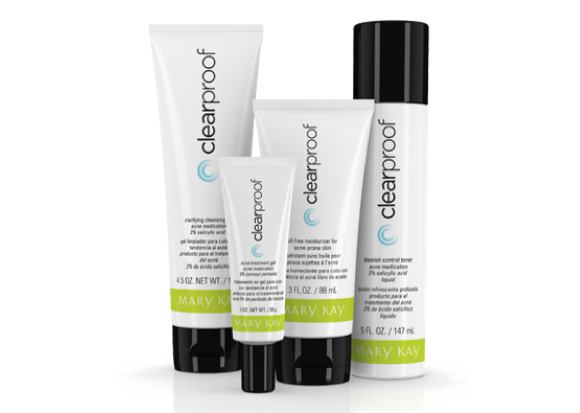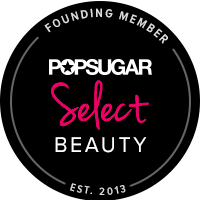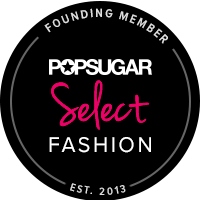Most of the products I found were marketed to teens, and I felt also not strong enough to really “zap zits” or how to deal with my myriad of products in the mix that I don’t want to stop using, like eye cream, serum, and SPF moisturizer.
Luckily, Beverly Hills-based dermatologist and acne expert Dr. Lori Hobbs was kind enough to lend her expertise on the subject matter, so that if you’re having these same skin issues, you hopefully won’t feel as helpless and clueless as I did several months ago! See below for my Q&A with Dr. Hobbs, as well as some of my product recommendations at the bottom of the post.
Julia DiNardo: What are the main causes of adult acne?
Dr. Lori Hobbs: Adult set acne is categorized as persistent adult acne which continues from adolescence into adulthood and late onset adult acne which occurs for the first time in adulthood. Typically late onset adult acne lesions are located mostly around the chin and mouth area and tends to flare premenstrually. Acne lesions can occur sporadically without hormonal fluctuations in late set adult acne.
The causes of adult set acne is unclear and multifactorial. Hormones, especially androgens, as well as hereditary predisposition all can play a factor in adult acne. Other causes which may be factors are smoking, medications (for example certain depression medications, neurological meds, etc), make up which is comedogenic, certain hair products which have more oil base, endocrine issues, etc.
JD: Should the skin be treated in a preventive manner before breakouts or for hormonal issues. For women, what days in the cycle are important to pay attention to, as far as when flare ups may occur?
DH: Since there is no cure for acne of which acne needs to be controlled, it is important to maintain a consistent regimen to help reduce flares and breakouts. Using prescribed medications and or over the counter products daily will help to achieve and maintain a clearer complexion. Once a person gains control, one can consider reducing the regimen to less number of products to one or two products.
Women may notice a flare of acne approximately seven days or so before their menstrual cycle. Progesterone appears to be the culprit in mediating premenstrual flares. Thus, estrogen dominant birth control helps in controlling premenstrual flares.
 JD: What are the over-the-counter ingredients to look for in products that truly help acne?
JD: What are the over-the-counter ingredients to look for in products that truly help acne?
DH: 2% salicylic acid, benzoyl peroxide (2.5%, 5%, 10%), retinol, and sulfur products are key ingredients that are helpful in controlling acne vulgaris.
JD: What products can be used for the body?
DH: For people suffering with truncal acne, it is best to seek the advise of a dermatologist. Topical over the counter medications are helpful, but can be limiting depending upon the severity of the truncal acne. Benzoyl peroxide or salicylic acid washes in conjunction with benzoyl peroxide gels or creams are common over the counter products used for truncal acne. It is important to note, benzoyl peroxides can bleach clothing, linen, etc.
Truncal especially the cystic acne type is best treated with the help of a dermatologist. Oral antibiotics may need to be prescribed.
JD: When treating adult acne, how can one work in/use/layer their other moisturizers, creams, serums, toners, exfoliants?
DH: The regimen of layering depends upon the products used. However, in general, cleansing first followed by using liquid or solution products second ( toners, serums, etc) and then creams last.
First cleanse the face using a prescribed cleanser or over the counter cleanser followed by a toner. The prescribed medication needs to be applied directly on a clean dry face after washing and using a toner. Depending upon the type of prescribed medication, a serum can be used followed by a cream like product. Broad spectrum sunscreens with an SPF of 30 or greater is applied last twenty minutes before going outside and before make up.
Implementing an exfoliant is dependent upon the type and category of exfoliant.
Scrub like exfoliants should be used after cleansing the face before the toner. If a chemical exfoliant is used like a retinol, it is best to use at night after cleansing the face and waiting until it is dry. A moisturizer can be used immediately after.
Products that I’ve found to be helpful, or have the potential to be, based on what I learned from Dr. Hobbs include the Clear Proof Acne System from Mary Kay, (has both salicylic acid and benzoyl peroxide in the products), Clean & Clear Continuous Control Acne Cleanser (10% benzoyl peroxide), Dermalogica Breakout Clearing Emergency Spot Fix (5% benzoyl peroxide), and Murad Clarifying Cleanser (salicylic acid), Kate Somerville DermalQuench Clear™ Anti–Acne Treatment(salicylic acid), and Clinique Acne Solutions Cleansing Face and Body Soap (salicylic acid).
Recommendations and tips aside, of course see a dermatologist first, especially if the problem persists.







